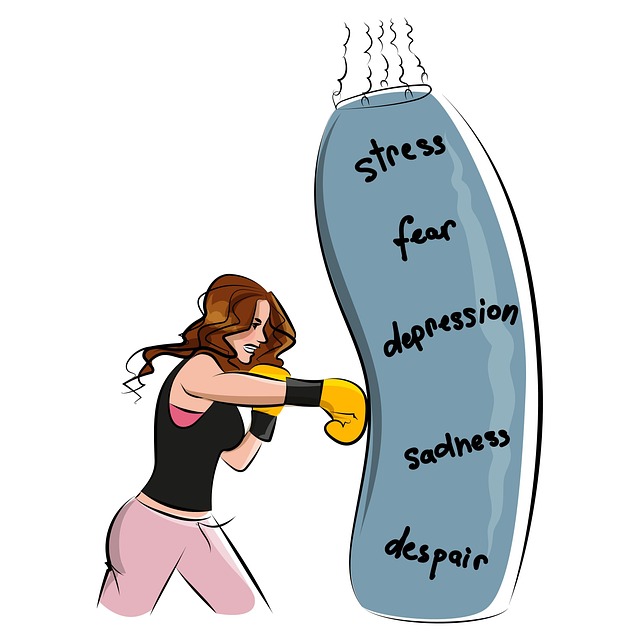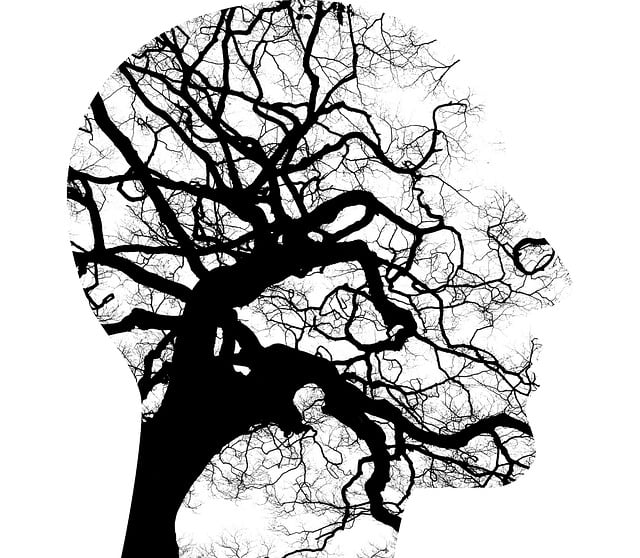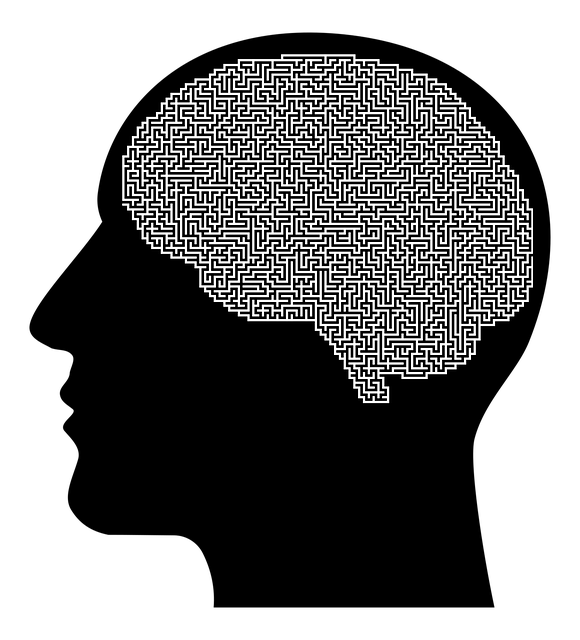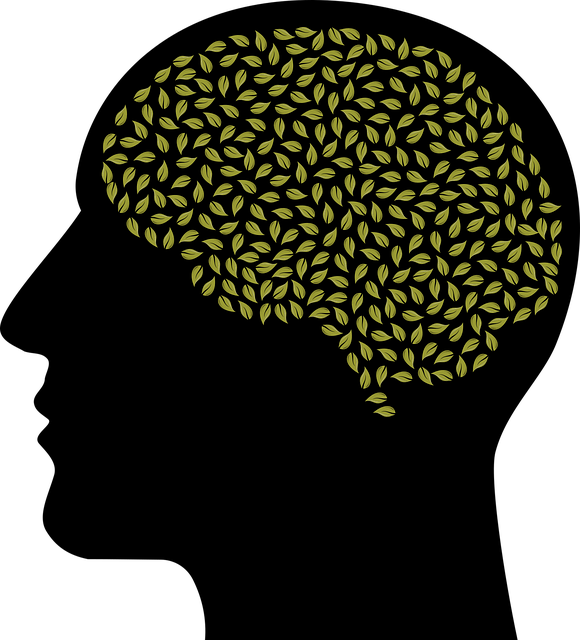Elderly phobias, often rooted in past trauma or social isolation, can limit mobility and independence. Therapy, such as cognitive-behavioral therapy (CBT), effectively addresses these fears by challenging negative thoughts and exposing individuals to feared scenarios, improving mood management and mindfulness. Journaling, a therapeutic practice, complements CBT, encouraging self-awareness, developing coping skills, and enhancing resilience. By combining tailored therapy approaches and journaling, healthcare professionals can empower elderly individuals to overcome phobias, regain control, and improve overall mental wellness. "Therapy for Elders Phobias" plays a crucial role in this process.
Mental wellness journaling can be a powerful tool for elders seeking to overcome phobias and improve their overall well-being. By recording thoughts, feelings, and experiences in a journal, individuals can gain valuable insights into their fears and develop strategies for managing them. This article explores the impact of understanding and addressing elderly phobias through therapy, focusing on journaling as an effective, personalized approach to enhance mental wellness. We’ll provide guidance on creating tailored exercises to support this transformative process.
- Understanding Elderly Phobias and Their Impact
- Journaling as a Therapeutic Tool for Mental Wellness
- Creating a Personalized Journaling Exercise for Elders
Understanding Elderly Phobias and Their Impact

Understanding elderly phobias is crucial for comprehending their impact on mental wellness. As people age, they may develop specific fears or phobias that can significantly affect their daily lives and overall well-being. These phobias could stem from various sources, including past traumatic experiences, changes in physical health, or even social isolation. For instance, fear of falling is a common phobia among the elderly, often leading to restricted mobility and reduced independence.
Therapy for elderly phobias involves tailored approaches that respect the unique mind over matter principles at play. Techniques such as cognitive-behavioral therapy (CBT) have proven effective in addressing these fears. CBT helps individuals challenge negative thoughts and engage in gradual exposure to their feared objects or situations, thereby enhancing mood management and promoting mindfulness meditation practices. By combining these strategies, professionals can assist the elderly in overcoming phobias, improving their quality of life, and fostering a sense of empowerment.
Journaling as a Therapeutic Tool for Mental Wellness

Journaling has emerged as a powerful therapeutic tool for promoting mental wellness among elders, offering a safe and intimate space to explore thoughts and emotions. Through this practice, individuals can gain valuable insights into their mental health journey, particularly when addressing specific challenges like phobias. By putting pen to paper, elders are able to engage in self-reflection, process traumatic experiences, and develop coping skills that enhance resilience.
This simple yet profound exercise encourages a sense of self-awareness and empowers individuals to take charge of their emotional well-being. In the context of therapy, journaling can serve as a supplementary practice alongside traditional treatments, such as cognitive-behavioural therapy for phobias. It fosters cultural sensitivity in mental healthcare by allowing individuals to express themselves in ways that align with personal beliefs and preferences. Moreover, regular journaling can help healthcare providers implement effective burnout prevention strategies, ensuring they remain attuned to their own mental wellness while supporting the well-being of their clients.
Creating a Personalized Journaling Exercise for Elders

Journaling can be a powerful tool for elders to explore and enhance their mental wellness, especially when tailored to individual needs. Creating a personalized journaling exercise involves understanding the unique challenges and interests of elderly individuals, as well as incorporating therapeutic techniques that support their emotional growth. For those struggling with specific phobias, a structured journal prompt could encourage them to confront and overcome their fears.
A simple yet effective approach is to incorporate prompts that stimulate reflection on past experiences, fostering a sense of inner strength and resilience. Prompts might include reminiscing about challenging life events and the coping mechanisms employed then, or exploring personal achievements and moments of pride. This process can boost self-esteem and provide a sense of purpose, contributing to overall mental wellness development. Additionally, encouraging elders to set achievable goals within their comfort zones can enhance their sense of control and empower them to engage in activities that nurture their inner strength and improve self-confidence.
Mental wellness journaling can be a powerful tool for elders to confront and manage phobias, offering a therapeutic space to explore fears and promote mental health. By personalizing their journaling practice, individuals can develop effective coping strategies tailored to their unique needs. Encouraging this simple yet profound exercise can significantly enhance the well-being of elders, providing them with a means to navigate and overcome the challenges posed by phobias in their later years.









